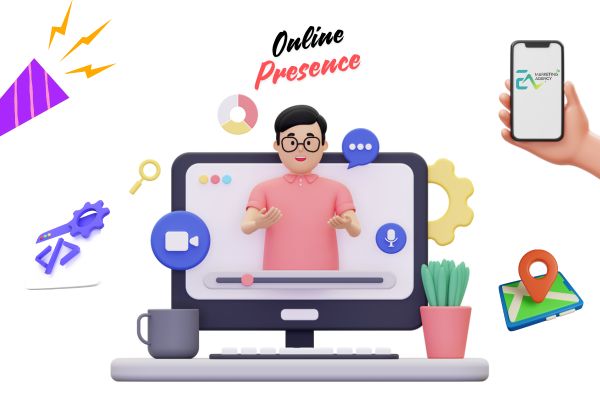
As an eCommerce business owner, you know that there are a lot of moving parts to your website. In addition to setting up product pages and managing inventory, you also need to make sure that your site is visible to potential customers.
This is where SEO comes in. SEO, or search engine optimization, is the process of making your site more visible on search engine results pages.
By optimizing your site for relevant keywords, you can ensure that potential customers will be able to find your store when they search for products that you sell.
In addition, a well-optimized site can also lead to higher conversion rates, as customers are more likely to trust a site that appears high in search results.
eCommerce SEO is the process of optimizing an online store for search engines.
The goal is to get the store to appear as high as possible in search engine results pages (SERPs), ideally on the first page.
This can be accomplished by using keyword-rich titles and descriptions, optimizing product pages and category pages, and building backlinks.
eCommerce SEO is a complex and ever-changing process, but it is essential for any online store that wants to attract organic traffic from search engines.
Proper eCommerce SEO can help to increase site visibility, traffic, and conversions, all of which can lead to more sales and revenue.
For these reasons, it’s essential to make SEO a priority for your Shopify store development.
With a little effort, you can ensure that your site is visible to potential customers and generate more sales for your business.
SEO is a long-term strategy, but it can have a big impact on your Shopify store’s traffic.
Here are 7 tips to help you drive more traffic to your Shopify store with SEO:
1. Do your research
Before you start optimizing your store for SEO, it’s important to do your research. This means understanding how SEO works and what customers are actually searching for.
Start by familiarizing yourself with the basics of SEO. Then, take some time to understand your target audience and the types of keywords they are likely to use when searching for products like yours.
Your goal is to identify a few key phrases that you want to rank for and focus your optimization efforts on those.
2. Optimize your titles and descriptions
One of the most important things you can do to optimize your Shopify store for SEO is to make sure that your titles and descriptions are keyword-rich.
This means including relevant keywords in your page titles and meta descriptions. These are the brief descriptions that appear under your site’s title in search results.
Make sure to include keywords naturally, as stuffing your titles and descriptions with too many keywords will hurt your SEO.
3. Optimize your product pages
Your product pages are one of the most important components of your Shopify store when it comes to SEO.
This is because they are the pages that potential customers will land on when they find your site in search results.
To optimize your product pages, start by ensuring that each page has a unique and keyword-rich title. Then, include a well-written description that includes relevant keywords.
You should also include high-quality product photos and videos, as these can help to improve your click-through rate (CTR).
Finally, make sure to include customer reviews on your product pages. Positive reviews can help to build trust and credibility with potential customers.
4. Optimize your category pages
In addition to optimizing your product pages, it’s also important to optimize your category pages.
Your category pages are the pages that list all of the products in a certain category. For example, if you sell T-shirts, you might have a category page that lists all of the different T-shirts you sell.
To optimize your category pages, start by ensuring that each page has a unique and keyword-rich title. Then, include a well-written description that includes relevant keywords.
You should also include high-quality photos and videos, as these can help to improve your CTR.
5. Build backlinks
Backlinks are links from other websites to your website. They act as a vote of confidence and can help to improve your site’s SEO.
To generate backlinks, you can reach out to other website owners and ask them to link to your site. You can also post guest blog posts on other sites that link back to your site.
Make sure to only build backlinks from high-quality websites, as links from low-quality websites can actually hurt your SEO.
You can also hire monthly link building packages from a professional SEO company if required.
6. Promote your content
In addition to optimizing your website, it’s also important to promote your content. This is because the more people see your content, the more likely it is that they will link to it, share it, and visit your website.
To promote your content, you can use social media, email marketing, and paid advertising.
7. Monitor your progress
Finally, it’s important to monitor your progress to ensure that your SEO efforts are actually paying off.
Monitoring the traffic to your website and where you appear in search results will help you with this. To monitor your progress, you may also use programmes like Google Analytics.
If you’re not seeing the results you want, don’t be afraid to adjust your strategy. SEO is an ongoing process, so it’s important to be flexible and willing to change your approach if necessary.
Just remember to focus on generating quality traffic and don’t forget to monitor your progress. Good luck!




More Stories
How to Choose the Right Niche for Your Online Business
5 Ways to Boost Your Business with Online Marketing
Latest Trends in Digital Marketing for the Fashion Industry